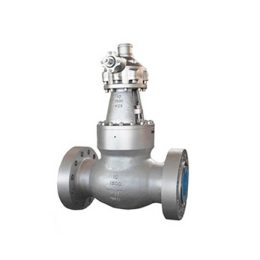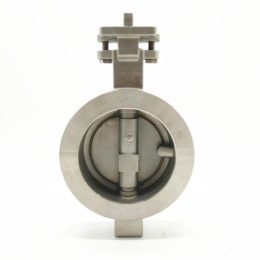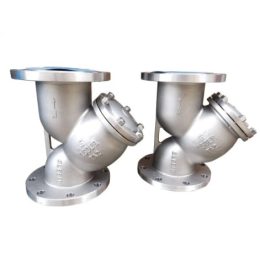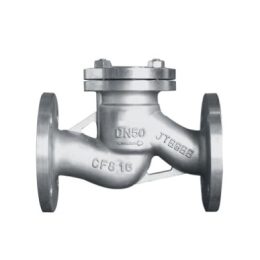Precautions for butterfly valve installation
Introduction
Butterfly valves are widely used in various industries due to their simple structure, small size, and light weight. They are easy to operate and can control fluid flow effectively. However, proper installation is crucial to ensure the valve functions correctly and safely. In this blog post, we will discuss the precautions for butterfly valve installation.
Pay Attention to the Sealing Surface
When installing the butterfly valve, it is essential to pay attention to the sealing surface. The sealing surface should be free of any debris, rust, or other contaminants that may cause leakage. The sealing surface should also be lubricated with a suitable lubricant to ensure a good seal. Additionally, the sealing surface should be inspected before installation to ensure there are no scratches or other damage that could affect the seal.
Proper Support and Alignment
Butterfly valves should be properly supported and aligned during installation. Improper support and alignment can cause stress on the valve and may result in leakage or other problems. The valve should be installed in a way that allows it to move freely without any interference. The valve should also be properly aligned with the pipe to prevent any stress on the valve and to ensure proper flow control.
Use Proper Bolting Techniques
The bolting of the butterfly valve is also critical for proper installation. The bolts should be tightened to the manufacturer’s recommended torque specifications. Over-tightening can cause damage to the valve, while under-tightening can cause leakage. The bolts should also be tightened in a cross-pattern to ensure even distribution of the load. Additionally, the bolts should be checked periodically to ensure they remain tight.
Conclusion
In conclusion, proper installation of a butterfly valve is crucial to ensure it functions correctly and safely. Paying attention to the sealing surface, proper support and alignment, and using proper bolting techniques are essential for a successful installation. By following these precautions, you can ensure that your butterfly valve operates smoothly and efficiently, providing reliable flow control for your application.
- The Advantages of Pressure Seal Valves in High-Pressure Systems: A Comprehensive Guide
- What Are the Differences Between Socket Welds and Butt Welds?
- Swing Check Valve
- “Understanding Safety Valves: Types, Selection, Installation, and Maintenance”
- Understanding Pressure Seal Gate Valves: Design, Features, and Applications
- How to distinguish the structure of the ball valve



